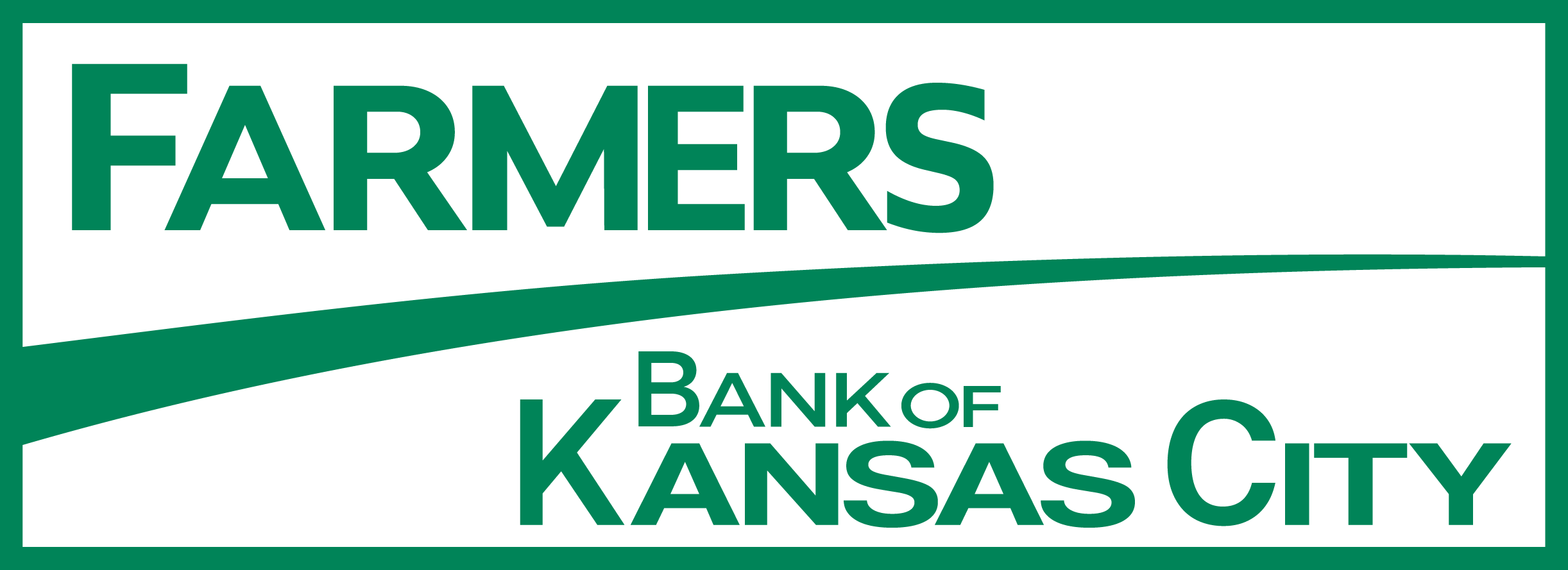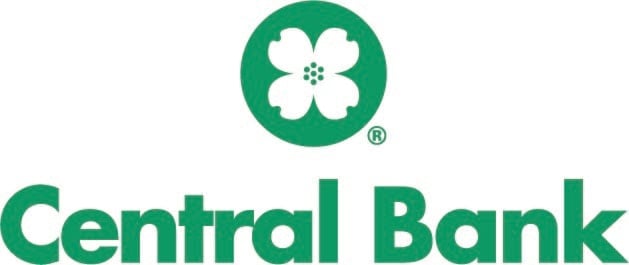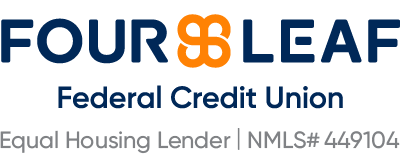Compare Current Mortgage Rates
Many or all of the products on this page are from partners who compensate us when you click to or take an action on their website, but this does not influence our evaluations or ratings. Our opinions are our own.


- About this lenderPros
- Loan origination process can be completed online.
- Offers government-backed FHA and VA loans.
- Offers module that compares mortgage rates among other lenders.
Cons- Offers loans in many states and Washington, D.C., but not nationwide.
- Does not offer home equity loans or lines of credit.

- About this lenderPros
- Borrowers can apply, lock in a rate and receive a commitment letter within one day.
- Offers both HELOCs and home equity loans with a high borrowing limit of 90% CLTV.
- Offers mortgages for manufactured homes, as well as financing for self-employed borrowers.
Cons- No mobile app; customer service is by email or phone only.
- Borrower must provide contact information to see customized rates.
- Does not offer renovation or construction loans.


- About this lenderPros
- Offers unique loan types, including construction loans, first-time home buyer programs with down payment assistance and loans for self-employed borrowers.
- Real-time rate quotes available while working with a broker.
- Responsive customer service; loan disclosures available within an hour after completing your application.
- Competitive pricing often available, especially for non-traditional borrowers.
Cons- Does not publish interest rates online.
- No mortgage mobile app.
- Loans are not available in every state.

- About this lenderPros
- Displays customized rates, with fee estimates, without requiring contact information.
- Offers home equity loans and lines of credit.
- Mortgage origination fees are on the low side compared to other lenders, according to the latest federal data.
Cons- Doesn’t offer government-backed FHA or USDA loans, or adjustable-rate mortgages.
- Home renovation loans are not available.
- Mortgage rates are on the high side compared to other lenders, according to the latest federal data.

- About this lenderPros
- Among the best when it comes to online convenience.
- Offers a full selection of mortgage types and products, including jumbo, home equity, and government loans.
- Claims to offer preapproval within 24 hours of loan application.
Cons- You'll have to complete a loan application to see mortgage interest rates.
- Bank branch locations limited to the Midwest.
- Does not offer home equity lines of credit.


- About this lenderPros
- Mortgage rates are on the low side compared to other lenders, according to the latest federal data.
- VA loans represent more than a quarter of purchase volume, a larger share than many lenders NerdWallet reviews.
- Offers a variety of loan types for purchase and refinance, including fixed- and adjustable-rate loans and government options
Cons- HELOCs and no-down-payment loans are available only in the Kansas City metro area.
- Mobile app focuses on online banking, not mortgages.
- You’ll need to share contact information to see customized mortgage rates.


- About this lenderPros
- Offers a wide variety of purchase and refinance mortgages, as well as unique buyer assistance programs.
- Its home equity line of credit can be used for a primary residence or second home.
Cons- Average origination fees are on the high side, according to the latest federal data.
- Personalized mortgage rates are not available on the website without providing contact information.


- About this lenderPros
- Over 40% of all loans last year were FHA, VA or USDA loans.
- Average mortgage rates are on the lower side, according to the latest federal data.
- Offers 15-, 20-, 25-, and 30-year repayment terms, which is unusually flexible.
Cons- No dedicated mobile app for mortgage borrowers.
- Some loans (including home equity products) are geographically limited.


- About this lenderPros
- Offers an online application and loan process updates.
- Offers mortgages for investment properties.
- Makes it easy to browse current rates and get a customized mortgage rate quote.
Cons- Does not offer FHA or VA government-backed loans.
- No renovation mortgage options.


- About this lenderPros
- Specialty loans include financing for co-ops and nonwarrantable condos.
- Offers conventional loans for manufactured homes.
- Highly rated mobile app.
Cons- Interest rates are on the high side, according to the latest federal data.
- Doesn’t offer renovation, construction or USDA loans.
- Can’t get a preapproval online.
About These Rates: The lenders whose rates appear on this table are NerdWallet’s advertising partners. NerdWallet strives to keep its information accurate and up to date. This information may be different than what you see when you visit a lender’s site. The terms advertised here are not offers and do not bind any lender. The rates shown here are retrieved via the Mortech rate engine and are subject to change. These rates do not include taxes, fees, and insurance. Your actual rate and loan terms will be determined by the partner’s assessment of your creditworthiness and other factors. Any potential savings figures are estimates based on the information provided by you and our advertising partners.
Mortgage rate trends (APR)
NerdWallet’s mortgage rate insight
6.877%
30-year fixed-rate“
On Monday, April 28, 2025, the average APR on a 30-year fixed-rate mortgage fell 2 basis points to 6.877%. The average APR on a 15-year fixed-rate mortgage fell 4 basis points to 5.942% and the average APR for a 5-year adjustable-rate mortgage (ARM) fell 4 basis points to 7.206%, according to rates provided to NerdWallet by Zillow. The 30-year fixed-rate mortgage is 15 basis points lower than one week ago and 45 basis points lower than one year ago.
A basis point is one one-hundredth of one percent. Rates are expressed as annual percentage rate, or APR.
Current mortgage and refinance rates
| Product | Interest Rate | APR |
|---|---|---|
| 30-year fixed-rate | 6.871% | 6.877% |
| 20-year fixed-rate | 6.622% | 6.629% |
| 15-year fixed-rate | 5.932% | 5.942% |
| 10-year fixed-rate | 6.219% | 6.241% |
| 7-year ARM | 7.521% | 7.355% |
| 5-year ARM | 7.005% | 7.206% |
| 3-year ARM | 6.500% | 7.182% |
| 30-year fixed-rate FHA | 6.625% | 7.371% |
| 30-year fixed-rate VA | 6.137% | 6.456% |
Data source: ©Zillow, Inc. 2006 - 2021. Use is subject to the Terms of Use
What is a mortgage?
Most people don't have the cash to simply buy a house. Instead, they use a mortgage, which is a loan to buy a home. After making a down payment of anywhere from 3% to 25%, they get a mortgage to cover the remaining costs of purchasing the home.
A mortgage is set up so you pay off the loan over a specified period called the term. The most popular term is 30 years. Each payment includes a combination of principal and interest, as well as property taxes, and, if needed, mortgage insurance. (Homeowners insurance may be included, or the homeowner may pay the insurer directly.) Principal is the original amount of money you borrowed while interest is what you're being charged to borrow the money.
WATCH: Mortgage rates explained

How do mortgage rates work?
The mortgage rate a lender offers you is determined by a mix of factors that are specific to you and larger forces that are beyond your control.
Lenders will have a base rate that takes the big stuff into account and gives them some profit. They adjust that base rate up or down for individual borrowers depending on perceived risk. If you seem like a safe bet to a lender, you're more likely to be offered a lower interest rate.
Factors you can change:
Your credit score. Mortgage lenders use credit scores to evaluate risk. Higher scores are seen as safer. In other words, the lender is more confident that you'll successfully make your mortgage payments.
Your down payment. Paying a larger percentage of the home's price upfront reduces the amount you're borrowing and makes you seem less risky to lenders. You can calculate your loan-to-value ratio to check this out. A LTV of 80% or more is considered high.
Your loan type. The kind of loan you're applying for can influence the mortgage rate you're offered. For example, jumbo loans tend to have higher interest rates.
How you're using the home. Mortgages for primary residences — a place you're actually going to live — generally get lower interest rates than home loans for vacation properties, second homes or investment properties.
Forces you can't control:
The U.S. economy. Sure, this means Wall Street, but non-market forces (for example, elections) can also influence mortgage rates. Changes in inflation and unemployment rates tend to put pressure on interest rates.
The global economy. What's happening around the world will influence U.S. markets. Global political worries can move mortgage rates lower. Good news may push rates higher.
The Federal Reserve. The nation’s central bank attempts to guide the economy with the twin goals of encouraging job growth while keeping inflation under control. Decisions made by the Federal Open Market Committee to raise or cut short-term interest rates can sometimes cause lenders to raise or cut mortgage rates.
» MORE: What determines mortgage rates?
How (and why) to compare mortgage rates
Mortgage rates like the ones you see on this page are sample rates. In this case, they're the averages of rates from multiple lenders, which are provided to NerdWallet by Zillow. They let you know about where mortgage rates stand today, but they might not reflect the rate you'll be offered.
When you look at an individual lender's website and see mortgage rates, those are also sample rates. To generate those rates, the lender will use a bunch of assumptions about their “sample” borrower, including credit score, location and down payment amount. Sample rates also sometimes include discount points, which are optional fees borrowers can pay to lower the interest rate. Including discount points will make a lender's rates appear lower.
To see more personalized rates, you'll need to provide some information about you and about the home you want to buy. For example, at the top of this page, you can enter your ZIP code to start comparing rates. On the next page, you can adjust your approximate credit score, the amount you're looking to spend, your down payment amount and the loan term to see rate quotes that better reflect your individual situation.
Whether you're looking at sample rates on lenders' websites or comparing personalized rates here, you'll notice that interest rates vary. This is one reason why it's important to shop around when you're looking for a mortgage lender. Fractions of a percentage might not seem like they'd make a big difference, but you aren't just shaving a few bucks off your monthly mortgage payment, you're also lowering the total amount of interest you'll pay over the life of the loan.
It's a good idea to apply for mortgage preapproval from at least three lenders. With a preapproval, the lenders verify some of the details of your finances, so both the rates offered and the amount you're able to borrow will be real numbers. Each lender will provide you with a Loan Estimate. These standardized forms make it easy to compare interest rates as well as lender fees.
When you're comparing rates, you'll usually see two numbers — the interest rate and the APR. The APR, or annual percentage rate, is usually the higher of the two because it takes into account both the interest rate and the other costs associated with the loan (like those lender fees). Because of this, APR is usually considered a more accurate measure of the cost of borrowing.
» MORE FOR CANADIAN READERS: Best mortgage rates in Canada
Mortgage rate FAQs
The interest rate is the percentage that the lender charges for borrowing the money. The APR, or annual percentage rate, is supposed to reflect a more accurate cost of borrowing. The APR calculation includes fees and discount points, along with the interest rate.
APR is a tool used to compare loan offers, even if they have different interest rates, fees and discount points. APR takes ongoing costs like mortgage insurance into account, which is why it's usually higher than the interest rate.
Discount points are basically prepaid interest that reduces the interest rate on your mortgage. One discount point costs 1% of the loan amount, and will usually drop the interest rate by 0.25%.
Buying points is optional. Be on the lookout for them, as a lender may add points to a loan offer to make their interest rate seem more competitive. It's up to you to decide if paying for points as part of your closing costs is worth it.
The impact of a 0.25% change in the interest rate depends on the loan amount, the term and the interest rates. To illustrate, let's look at a $250,000 mortgage with a 30-year term, and the differences in payment between an interest rate of 4% and a rate of 4.25%.
At 4%, the monthly principal and interest cost $1,193.54. At 4.25%, the monthly principal and interest cost $1,229.85. So, for a $250,000 mortgage with a 30-year term, cutting the interest rate from 4.25% to 4% saves $36.31 a month and $436 a year.
» MORE: Mortgage points calculator
Mortgage rates not only vary from day to day, but hour to hour. In order to know what rate you'll pay, you need the rate you're offered to stop changing. A mortgage rate lock is the lender's guarantee that you'll pay the agreed-upon interest rate if you close by a certain date. Your locked rate won't change, no matter what happens to interest rates in the meantime.
It's a good idea to lock the rate when you're approved for a mortgage with an interest rate that you're comfortable with. Consult with your loan officer on the timing of the rate lock. Ideally, your rate lock would extend a few days after the expected closing date, so you'll get the agreed-upon rate even if the closing is delayed a few days.
NerdWallet writers are subject matter authorities who use primary, trustworthy sources to inform their work, including peer-reviewed studies, government websites, academic research and interviews with industry experts. All content is fact-checked for accuracy, timeliness and relevance. You can learn more about NerdWallet's high standards for journalism by reading our editorial guidelines.
- Consumer Financial Protection Bureau. Explore Interest Rates.
- Federal Reserve Bank of St. Louis. How Does the Federal Funds Rate Affect Consumers?. Accessed Sep 8, 2022.
- My Home by Freddie Mac. How to Get the Best Interest Rate for Your Mortgage. Accessed Sep 8, 2022.